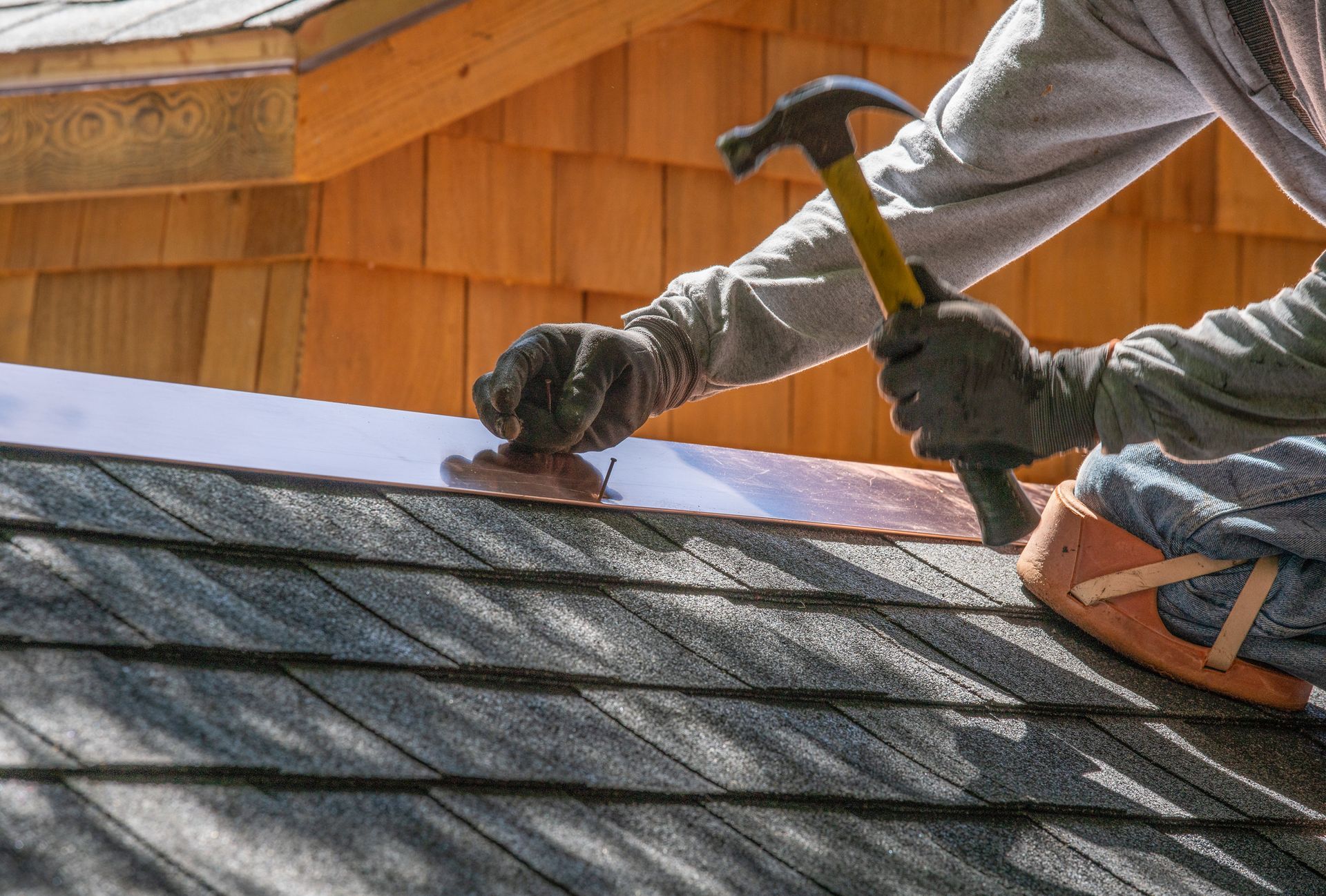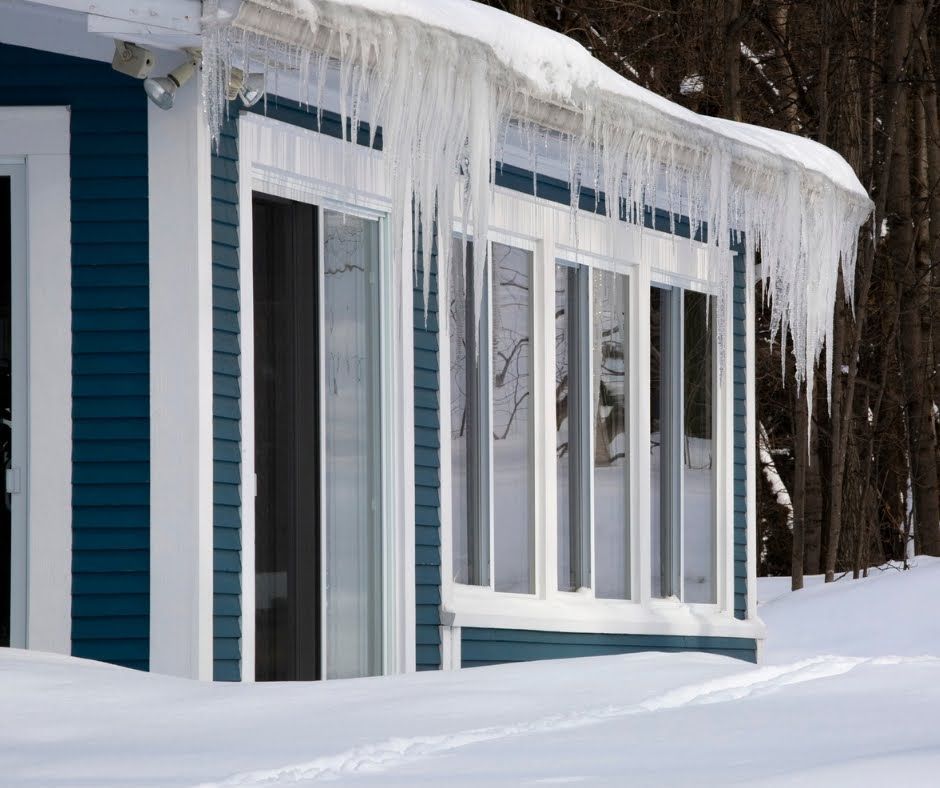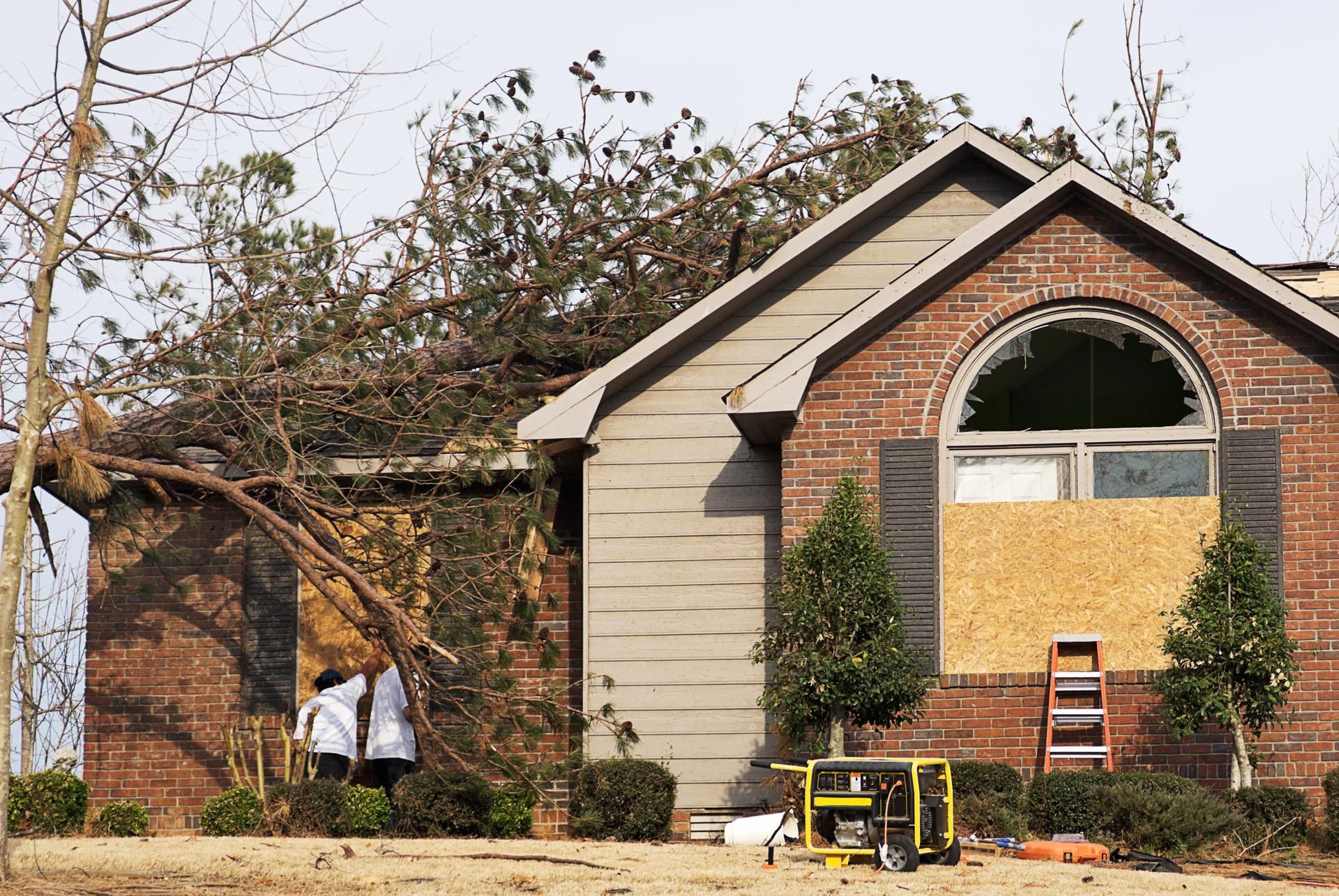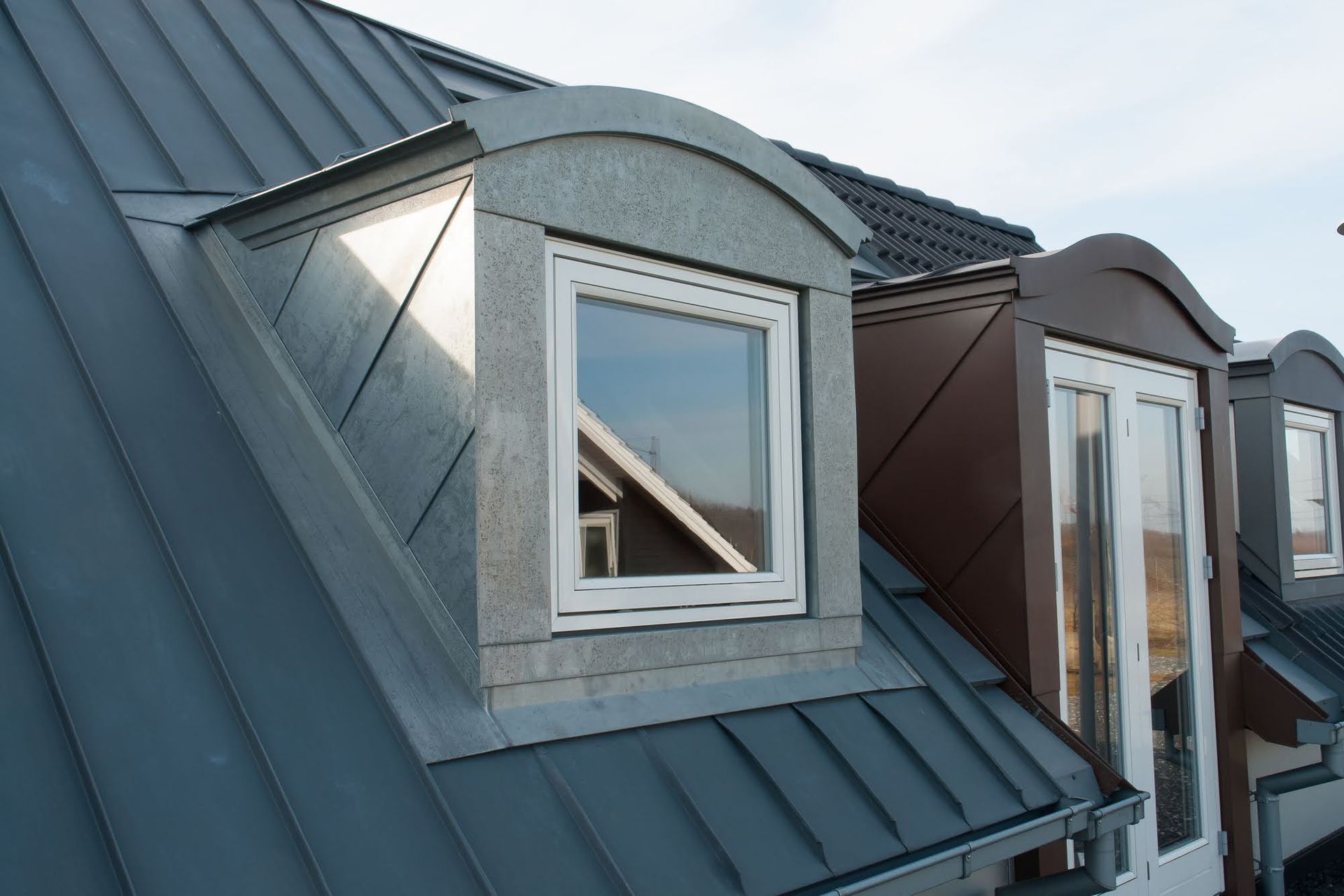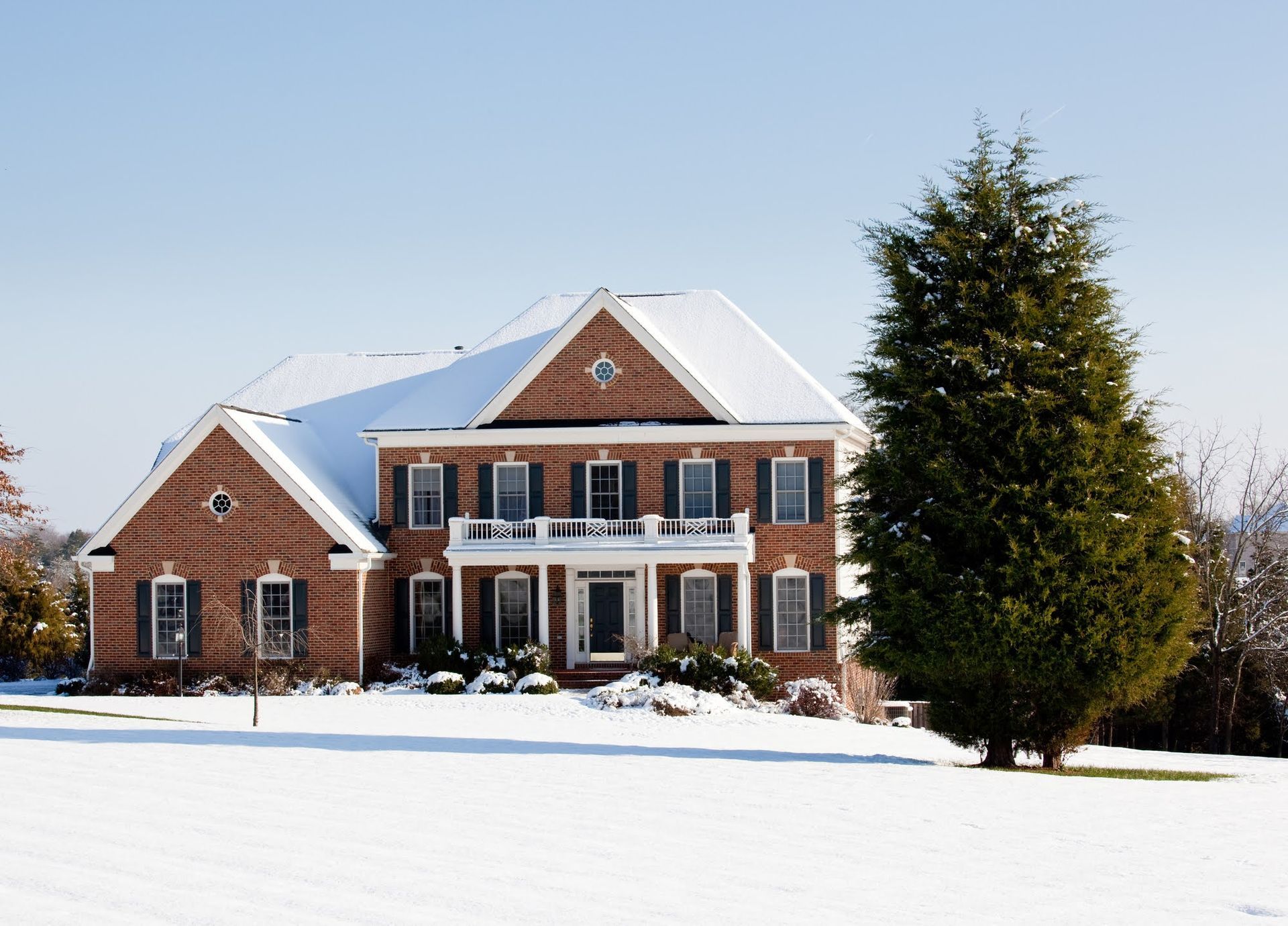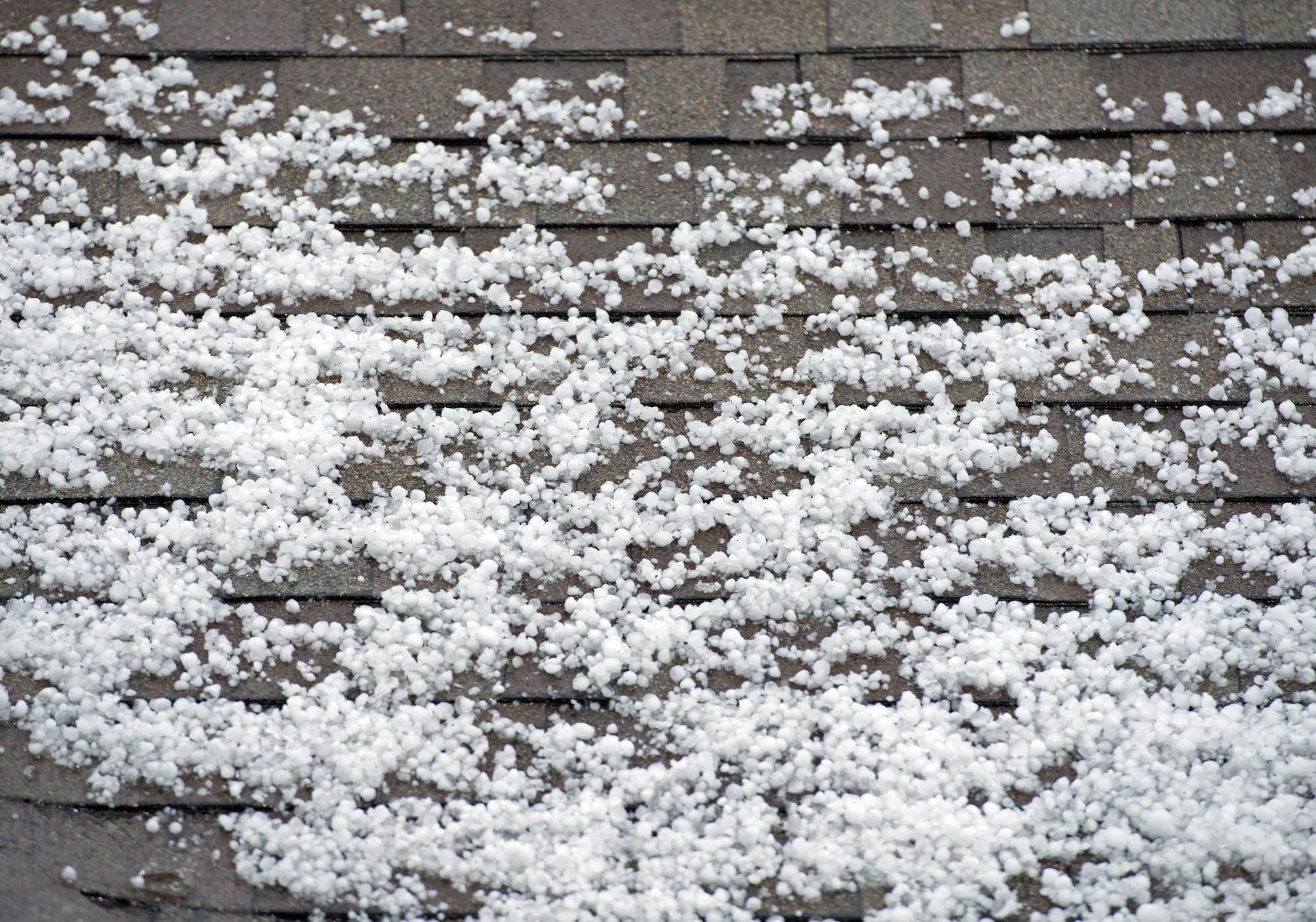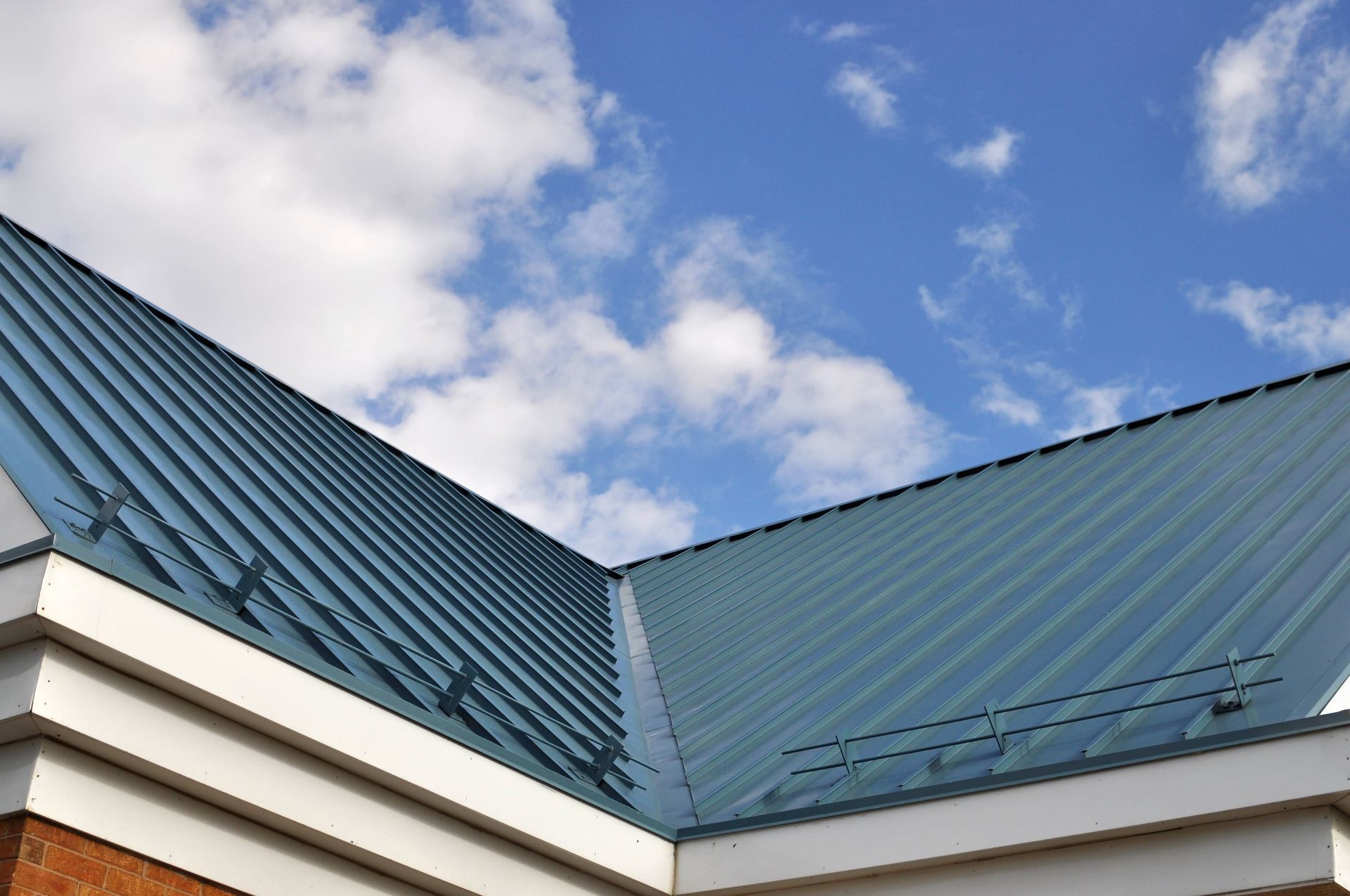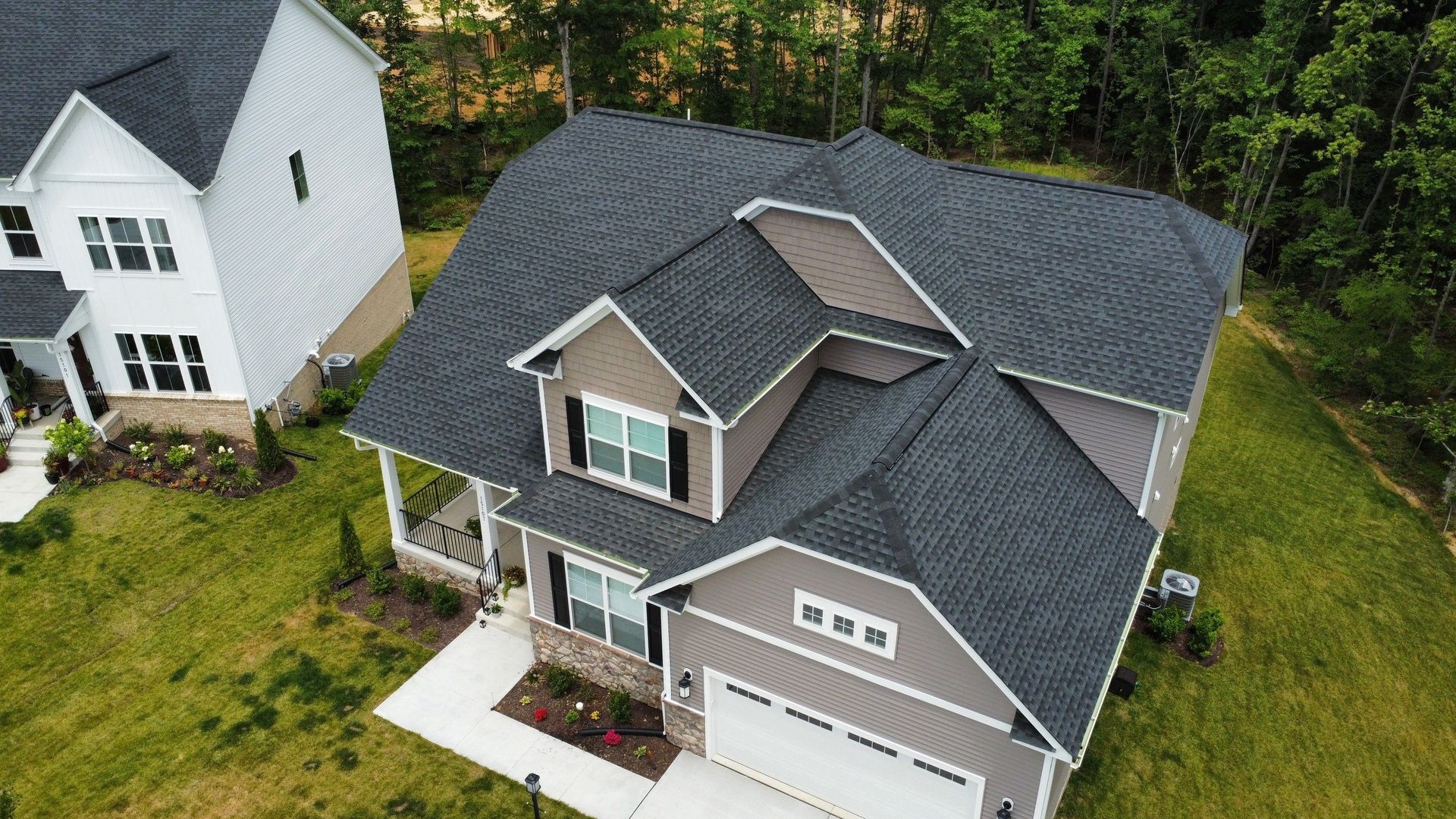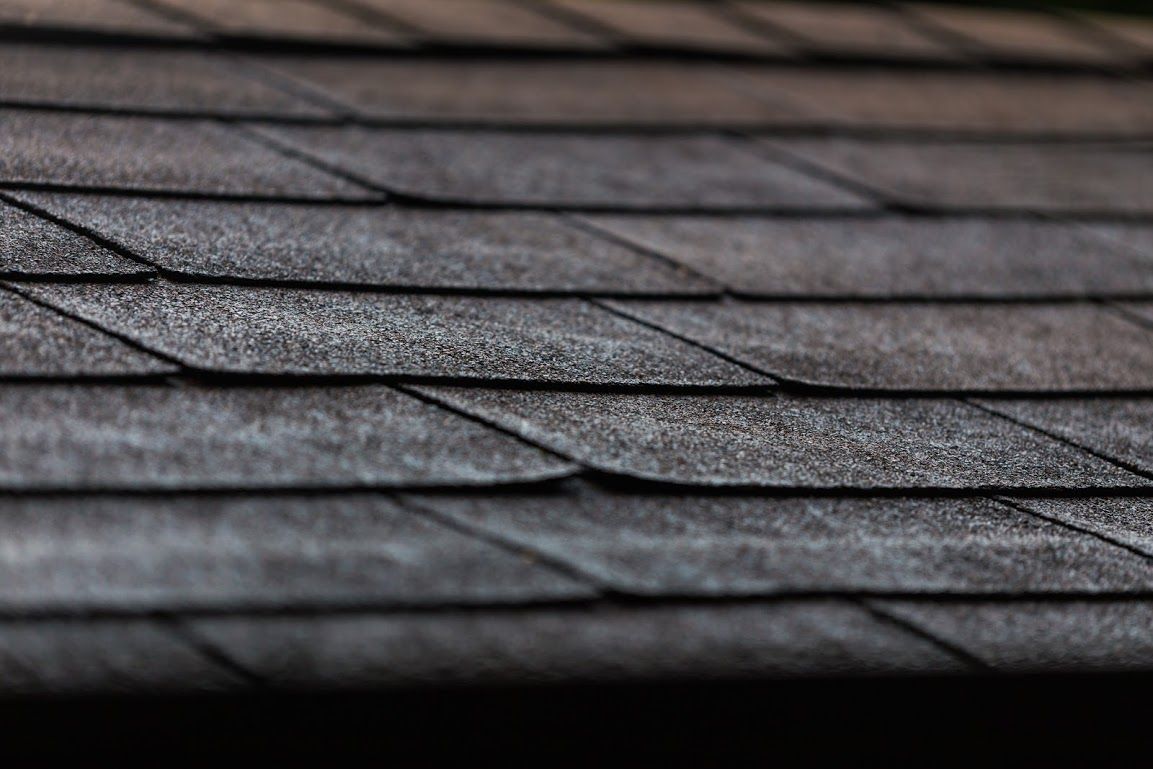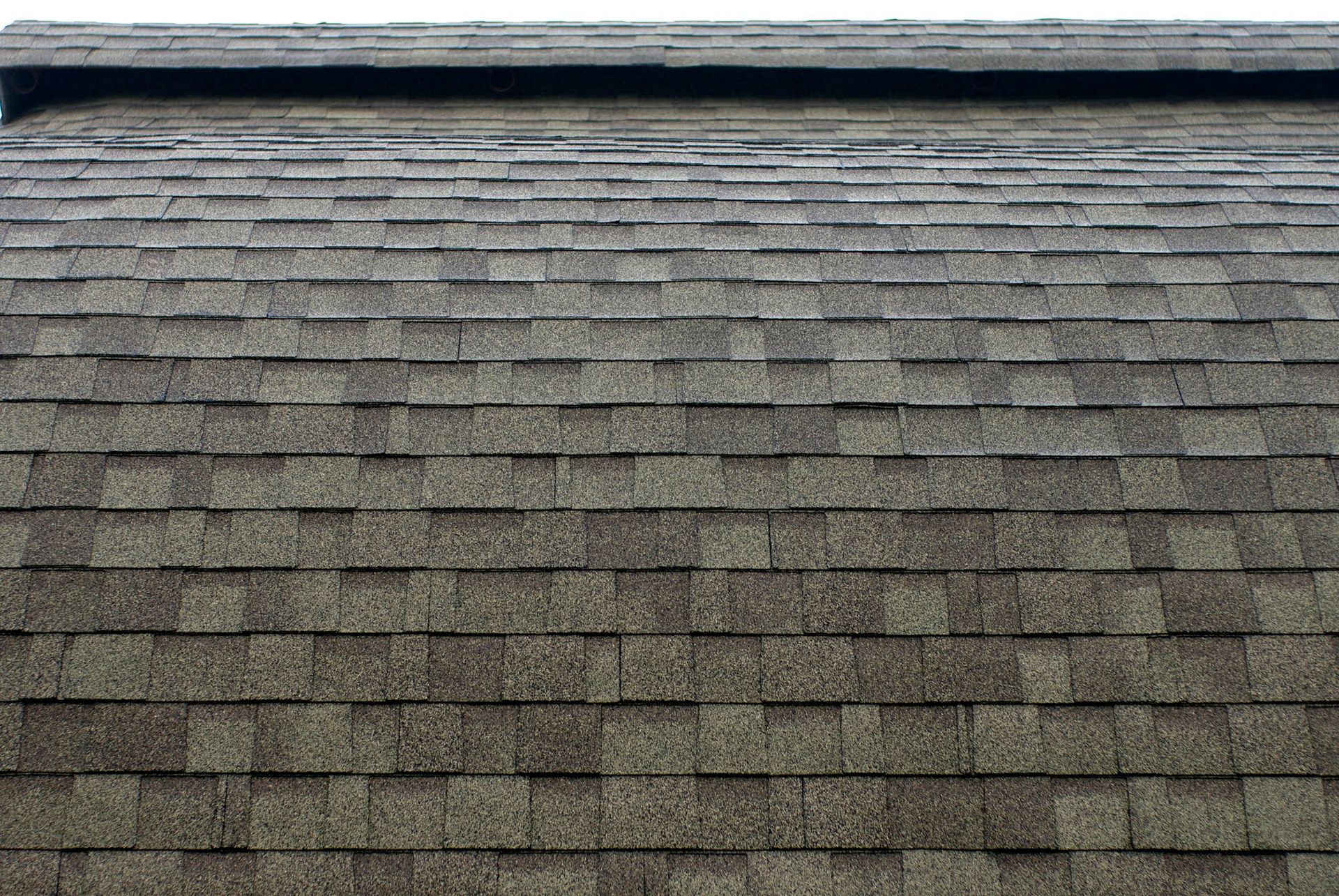6 Signs Your Roof Has Asphalt Hail Damage
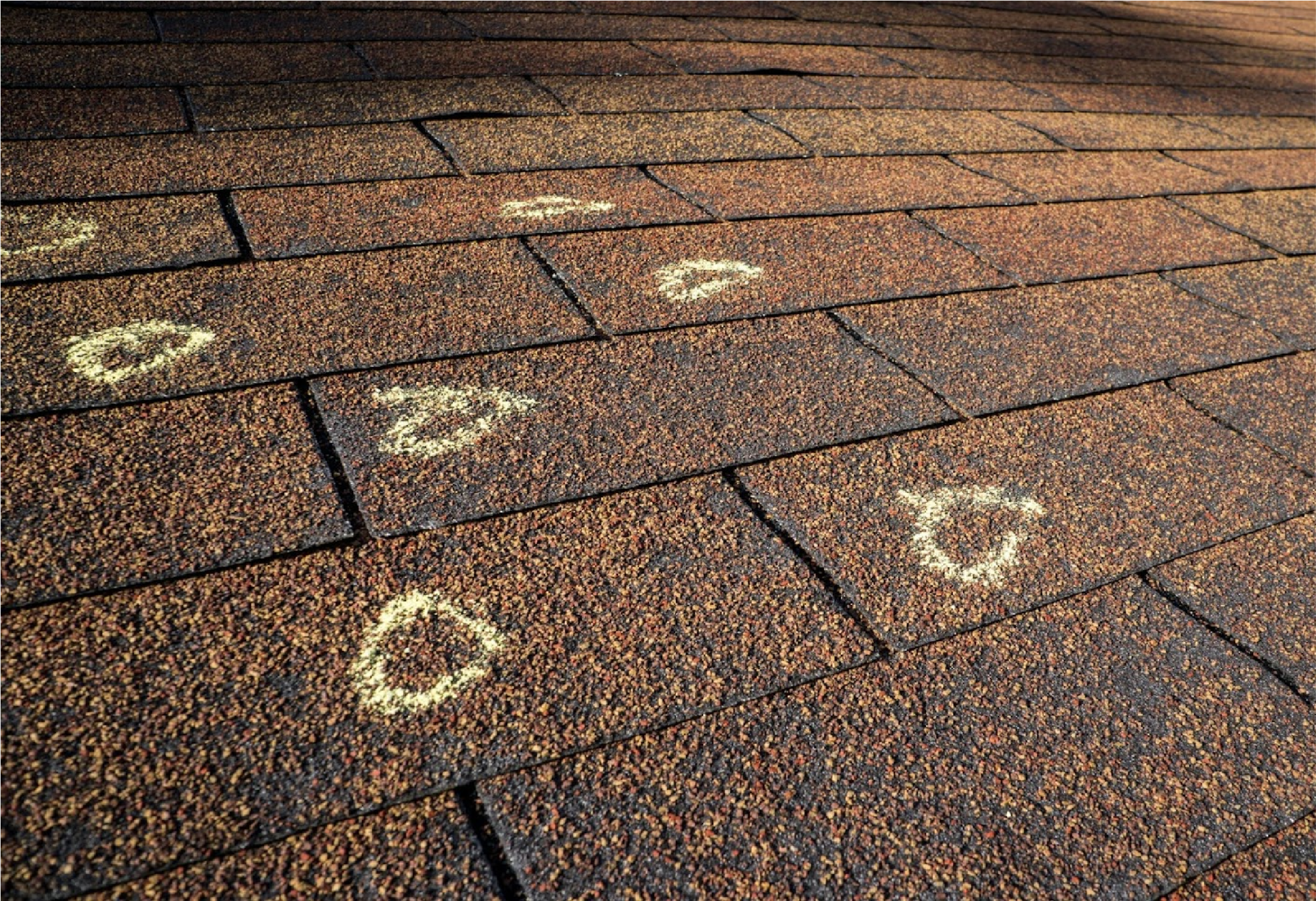
Heavy storms can bring rain and hail. Hailstones can range from the size of a pea to the size of a grapefruit, but no matter what, a hailstone can do a lot of damage, including to your roof. If a hailstorm happened in your area, you should determine if your asphalt roof has suffered any damage. Discover six signs that often indicate the presence of hail damage.
1. Missing Granules
Asphalt granules are necessary to protect a roof from rain and sun. However, hail can hit the shingles and knock these tiny crushed rock grains off a shingle panel. In that case, you will likely see granules in your gutters or on the ground underneath or around the roof. You will often be able to identify them as granules because they match the color of the roof shingles.
Depending on the amount of granules you find and the severity of the damage, you might need to repair or replace the damaged shingles. Because granules protect the shingles and the roof itself from the elements, missing granules can pose a higher risk to your roof. Enough missing granules may even expose the roof shingle felt.
2. Dark Spots
Because of the granules that fall off, asphalt shingles might have dark spots after a hailstorm instead of the even-colored appearance they usually have. If you notice dark spots that were not there before or that are worse after a storm, your roof likely has hail damage. Dark spots might be dents in an otherwise even surface.
While you might be tempted to examine these shingles yourself, a roofing expert can accurately determine the amount of hail damage that has occurred. They will ascertain what service your roof requires.
3. Cracked Shingles
If hail hits your roof with enough force and speed, it can crack your shingles. Cracks might be minor or major, but no matter their size, they can lead to more roof damage, such as roof leaks, if you do not address them. Inspect your roof for any visible cracks after any hailstorm.
4. Dented Components
Besides the shingles themselves, hail can hit, damage, and dent other roof components, such as vents, flashing, fascia, or gutter systems. Have an expert look carefully at all parts of the roof to see if they have any new dents. Hailstones range in size, so these dents can be minor imprints or major dings, some of which might eventually crack if you do not correct the dents.
5. Random Damage
Because hailstorms are natural weather events, they often occur erratically. If you see damage on your roof that does not appear to have any sense, order, or pattern, that damage might have come from hail. While hailstorms might happen over a specific area due to the storm pattern, the hailstones will often just drop wherever they please. That means that any part of your roof can sustain hail damage.
6. Curling Shingles
Shingles, especially ones with old hail damage, may curl over time. These shingles are also more susceptible to aging quickly. If you see any curling shingles, even if you have not had a recent hailstorm, consider the possibility of hail damage.
If your roof has hail damage, you might be unsure if you need professional service or not. However, hail damage can cause more than surface-level problems, so allow our roof experts to look over your roof, determine the extent of the damage, and provide service as needed. Please call us today, especially if you have had a recent hailstorm or you think you have old hail damage. We look forward to helping you.


